Last Chapter of the Text Book
The semester is coming to a close, which means the days of writing for specific class assignments are done and this is my last blog post for Web Tools for Global Learning. I have learned a lot during the semester about networking and building a PLN. I believe I have a network of teachers that can help me to be successful on my own journey to becoming a teacher. This week’s assignment was to read the case studies in the last chapter of our textbook and talk about two of them. The two I chose were Think Global School and Our Global Friendships.

Even though it took some extensive searching on Google for my husband to believe the show existed, “Breaker High” is a show that I was obsessed with in the late 90’s. It was one of Ryan Gosling’s first tv shows and featured a high school on a cruise ship. Some of my classmates are probably slightly more familiar with Disney Channel’s “The Suite Life on Deck” which was a very similar concept. Traveling the world while studying was something that I could only dream of. So, when I read the case study in our text book about Think Global School, I knew I wanted to write about it. Think Global School is the world’s first traveling high school. The school started in 2010 with 15 students from 11 countries. They are a yearlong school program with four terms per year and each term is spent in a different country. That’s right, students live in four countries a year. While in each country, students are challenged with a community service project as well as their “normal” (if you can call biology lessons in the Great Barrier Reef normal) class work. Students get a truly well-rounded education and have the opportunity to learn in all of these countries without the biases often presented by parents, teachers and textbooks.

The second case study I chose to look at was Our Global Friendships; a program for teachers to connect and make friends globally so that they can pass the benefits of their connections on to their students. The text mentions the effort it took to get off the ground and it makes me grateful to be entering the education world while programs like this one exist. This specific program, unfortunately, doesn’t seem to exist anymore, however finding teachers to connect with globally has never been easier, and many similar opportunities do exist. I believe it is truly beneficial for teachers to find that global connection with their peers as it opens up options and perspectives while developing curriculum.

While the focus of this blog will probably shift to be more specific to becoming a French teacher and providing the opportunity for me to practice my French communication skills, I hope you will continue to join me on my journey through Stockton and beyond.
Thanks,
Allie
A Virtual Trip to Paris
This week, we were asked to write a blog post on using Google’s VR Suite in the classroom. It was important to me to find a way to relate it to teaching French, so I set out to find a French lesson plan. I found “À Paris – French Culture using a Virtual Field Trip” from Chez Galamb – French Resources Check out these and her stuff – she has put a lot of work into some great plans. I decided to use these as my starting point.

The “Teachers Pay Teachers” lesson plan I bought contains:
20 daily lesson plans
Vocabulary pages
5 par jour (per day) questions to go along with the unit
Several web quests in French and English (Louvre, Eiffel Tower, France)
Crossword and Word Maze
“J’ai Qui a” (I have, who else has?)Race card game
Student passport template
Quizzes with answer keys
Several Worksheets on le futur proche (near future tense)
Oral speaking templates and rubrics
4-day final unit project
The lesson plan is a 3-week unit that encourages students to read, write and speak French. I used the “Eifel Tower WebQuest” to create a tour of the Eiffel Tower using Google’s tour creator and the Eiffel towers official web site to create an immersive visit to the Eiffel Tower. Check out my tour here. After creating this, I downloaded the Google expedition tour of Paris. Based on what I saw exploring the expedition app, I think it would make a great intro to this Unit.

Web tools I would want to use during this lesson would be:
https://vr.google.com/tourcreator/
https://www.google.com/maps/about/behind-the-scenes/streetview/treks/eiffel-tower/
Various travel web sites
Amazon and Youtube videos
https://www.numbeo.com/cost-of-living/
have you ever done a project like this? what are your thoughts on it?
hear is a bonus tour video I thought would be fun to do on a treadmill
Story Board That – Quand on s’est Rencontré
Our assignment this week was to explore digital storytelling and our professor gave us lots of options to chose from. I chose to use the StoryBoardThat service and to make a comic about the first time my husband and I met back in 2005, I chose to write it in French to practice some more in my major.
The story in English is we met online at the very end of 2004. In March of 2005, I moved from New Brunswick Canada to Chicago to take a job as an au pair. By April I couldn’t wait any longer to meet him and I told my parents my boss met him and told my boss my parents knew him, then I got on a plane for DC. We had an amazing week he showed me things I had only seen in movies had never dreamt I would actually get to see. By the end of our week together I never wanted to leave him. We were engaged in August of 2005 and married in February. We have been together for 14years married for 13 we have 2 great kids, a great house and two awesome husky pups.
I really liked using StoryBoardThat the software was simple and intuitive each square was really customizable down to changing the colors on the background image.
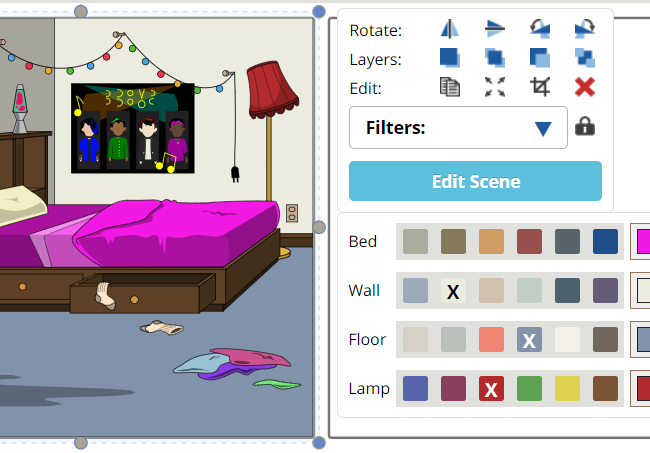


It was regularly reminding you to save so you didn’t lose your work.
They also have a lot of options for teachers to use it in their classrooms giving your student accounts and the ability to link it to your google classroom… check out this list of lesson plan ideas they created to get you started
It was so fun to create a comic strip about this memory and I am excited to share it with you.
Here it is Quand on s’est rencontré
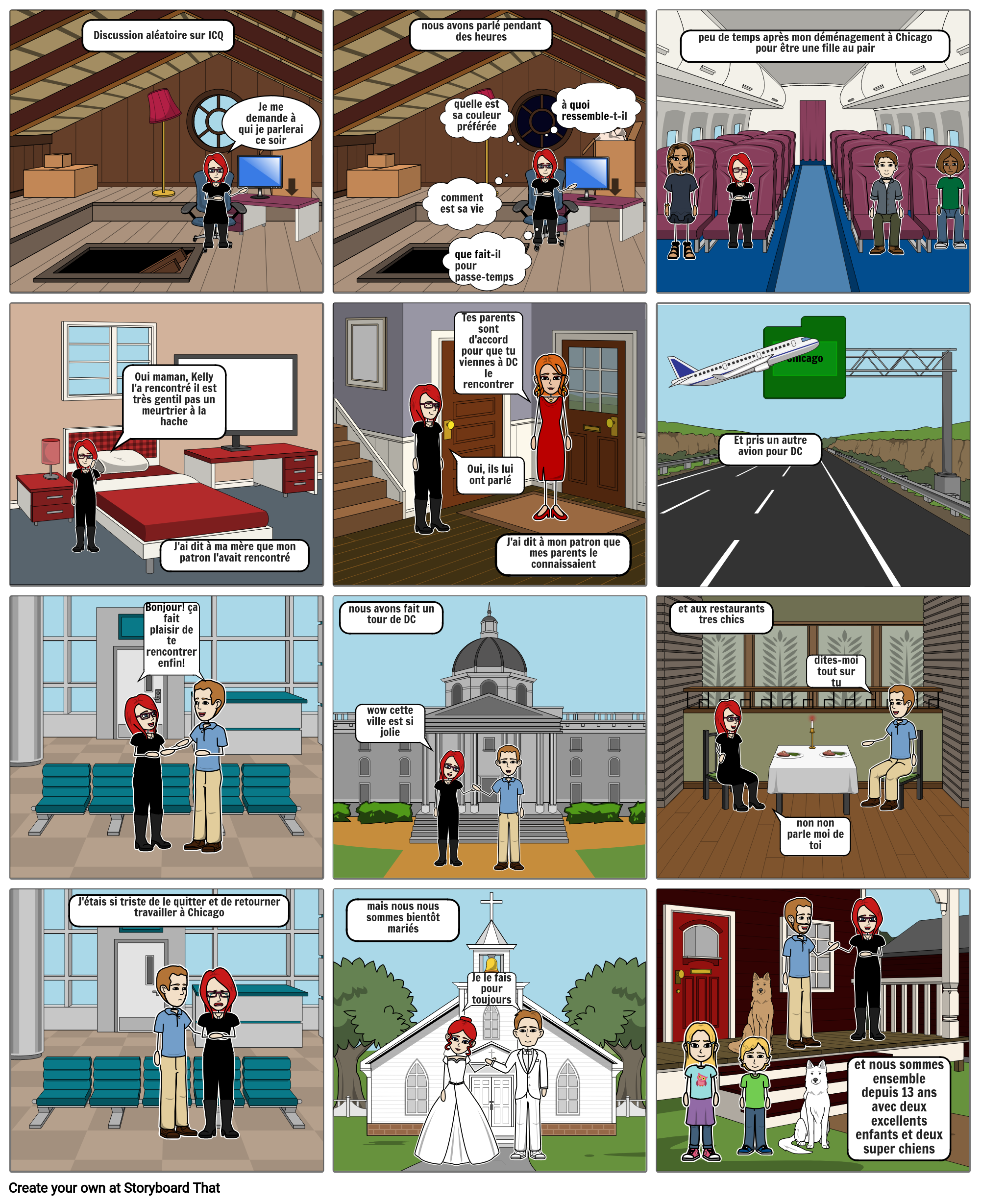
What is your favorite storytelling app?
Online Global Collaboration Taxonomy – Out of Eden
This week, our assignment for WEB TOOLS: GLOBAL LEARNING was to explore an example of online global collaboration taxonomy. We were looking at 4th level – communities of practice, which focus on fostering diverse online global collaboration practices. The class used an example from the text, “Out of Eden” which is about the journey that Pulitzer Prize-winning journalist Paul Salopek is making to retrace the steps of our ancestors’ global migration. The class took a look at his journey so far and spent time learning about some of the places he had been. My two children, who are “almost 8” and 9 were excited to sit with me and explore the entire journey. Here are some of our favorite places:
We started at milepost one – introduction and learned about Herto Bouri and its local resident Idoli Mohamed. Herto Bouri is the location where some of the oldest human fossils were found. We discovered that Mr. Mohamad was a pastoralist, which is a cattle or sheep farmer, and while he likes the job, he hopes his children can get an education and find other occupations. We thought it was sad that he didn’t know where he was from, since most of us here, in the United States, can not only easily tell you where we are from, but can also likely tell you where several generations of ancestors were also from.
An interesting side story that he posted after he started his journey was about how he got internet to continue posting throughout his journey. It made me think about how we hate being in Walmart for 10 minutes with a bad internet connection, but there are whole areas of the world that require specialized equipment to get online.
The next place we wanted to highlight was milepost 18 – displaced. This milepost was near Ghor Al Safi, Jordan. It is a Syrian refugee camp. The people from this country have faced such a sad plight, with their homes ravaged by war, Islamophobia a rampant world problem and they are desperate to find a place to call home and start over with their families. Anytime I hear people talking negatively about these displaced Syrians, I refer to a video produced by the UN.
It is a rhythmic poem called ”What They Took With Them” performed by Cate Blanchett alongside fellow actors: Keira Knightley, Juliet Stevenson, Peter Capaldi, Stanley Tucci, Chiwetel Ejiofor, Kit Harington, Douglas Booth, Jesse Eisenberg, and Neil Gaiman. (Please give it a watch and think about it during the next refugee debate). Mr. Salopek interviews a young man here named Houssein Ali al Hajji a farmer who talks about wanting to just go home and how he dreams about it even though that home has been destroyed.
My little, feminist, 9 year old said this was one of the posts that she found most interesting: milepost 43 – no women (hyperlink ). At this point, he had made it 4200 miles from Ethiopia to Uzbekistan and he reflects, after being denied an interview, how difficult it has been to find women to talk to. I think the most powerful line in this post was “it is revealing that, at the dawn of the new millennium, I cannot easily conduct a conversation with half the species.” It is absolutely true and somewhat amazing that, globally, women are not yet considered equal to men anywhere. According to the Gender Gap Report, which includes 144 countries, the United States is not even in the top 50 countries and the countries that Salopek has visited have all been in the bottom 20 countries on that report.
I could go on and on telling you about this journey, but you should go to the site yourself and explore it. One thing I thought as I read through this journey, particularly in the beginning posts in Ethiopia, was how sad it is that while we have museums to protect and preserve humanities greatest accomplishments (National Geographic has an article about the top ten museums worldwide but not one of them are in the cradle of civilization; the place where humanity stayed and grew to bec0\ome what they are for 140,000 years. Gona, the place where man began cooking food and systematically butchering animals instead of just tearing them apart, is littered with first tools but they are, for the most part, considered trash. There is no museum, no monument, nothing to show its importance to history. .
How do you see something like this benefiting your classroom?
(n.d.). Retrieved from https://www.nationalgeographic.org/projects/out-of-eden-walk/
Norms of Global Collaboration
This week, we learned about norms of global collaboration, and according to our text, there are eight norms that educators should be working towards as they strive to be global educators and good global citizens.
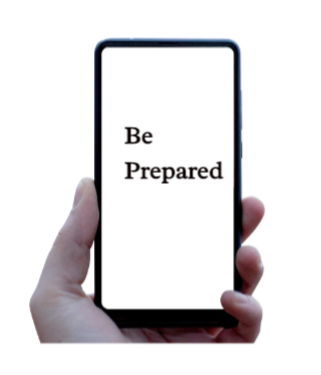
The first norm is to be prepared. This includes things like knowing how to use your Personal Learning Network (PLN) and Professional Learning Communities (PLC) for collaboration, as well as having and knowing about the tools you will use to communicate with them.

The second norm is to have a purpose. What is your goal for this collaboration? Do you want to create a cultural exchange project, are you looking to talk to people who are more knowledgeable than you in a specific topic or are you looking for people to bounce ideas off of? Having a clear purpose will help you to be better prepared and help you find the people who will be most helpful.
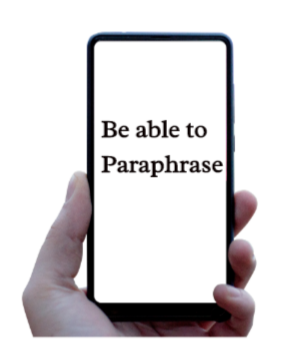
Third is being able to paraphrase, knowing appropriate global paraphrasing is key to getting your message across quickly. The text points out that you should watch out for local colloquialisms, as they will not be universally recognized and can often be confusing
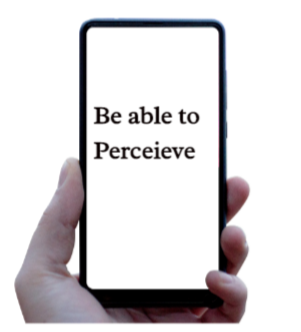
Fourth is being able to perceive. This norm is dependent on the third norm. Knowing the global communication paraphrasing and communication techniques are critical to mastering the ability to perceive and gather information from the community.

Fifth is to participate. You should participate not just on your own requests, but in as many other global collaborations as you can. Twitter chats are a great start for this. Get involved.

Sixth is to be positive. It is always better to focus on the positives and even, whenever possible, turn a negative into a positive. People will want to engage you more if you can do this.
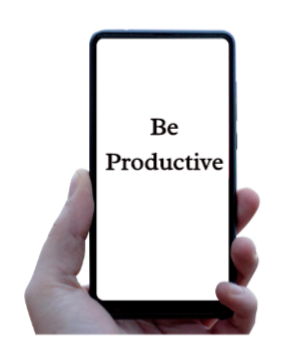
Seven is to be productive. As with the fifth norm, you need to be present get yourself out there and make sure you are sharing as well as getting. Whenever possible, share lessons, outcomes, project ideas and more. Being an active part of the community is crucial.
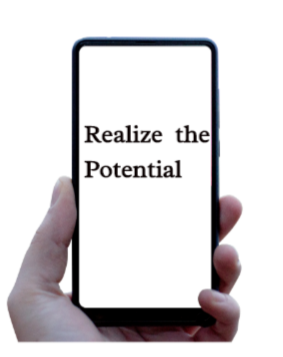
Finally, the eighth norm is to realize the potential that lies in global collaboration. There are so many unintended learning moments and experiences that you just can’t get from a regular classroom. Teachers who are part of a global community have such an advantage in this way.
These eight norms came from our text book “The Global Educator, Leveraging Technology for Collaborative Learning and Teaching” written by Julie Lindsay. It is a great resource on learning about global communication, but as I and the book pointed out, there is so much more out there. So tell me what you think. Do you think there are more than these eight norms? What would you add to this list?
Google Map Building
This week in my class web tools for global learning, we did an assignment on creating a private Google Map in Google Drive and how to use Google Maps to explore the world. I did my assignment on things to do in my hometown of Moncton NB, but when I sat down to write this blog post, I couldn’t help but think how amazingly fun it would be to have students explore the 29 countries where French is considered one of their official languages.
I created the following map:
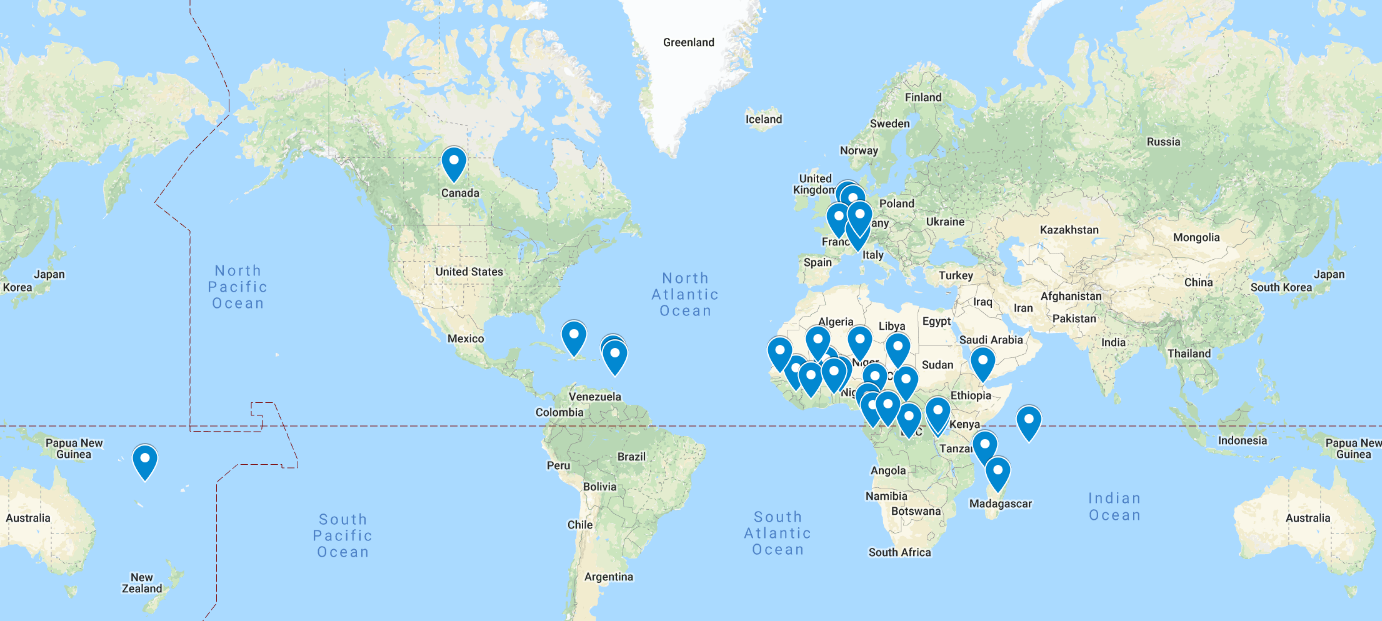
https://drive.google.com/open?id=1GLfnLKpqbzG7HlWIcJTMZGtzKjtTc3cr&usp=sharing
In a classroom setting, you could give each student a small research assignment about a country to do in Google docs, then have them choose three photos and a fact to post along with their Google docs assignment link in the country’s info tab on the map.
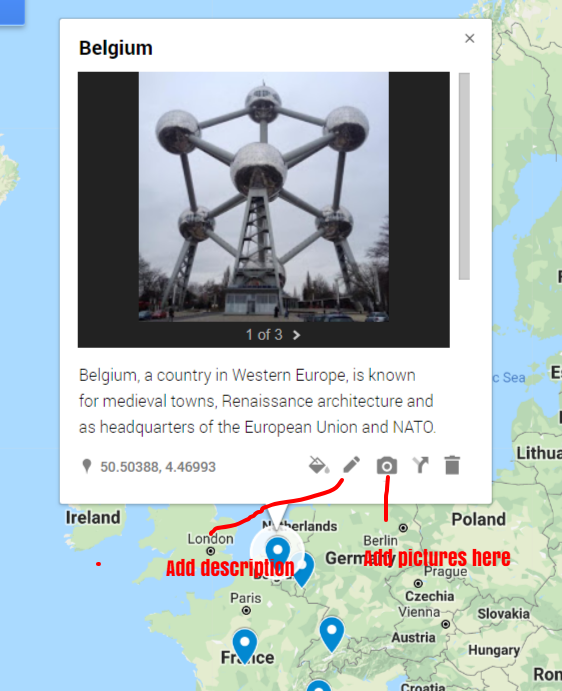
I would end this lesson by having them do a very short oral presentation on their given country.
Has anyone tried an assignment like this? Did you feel it was beneficial and engaging?
Seating Options from PLN
Since beginning this class on web tools for global learning, I have learned a lot about the teacher I want to become. One of my favorite things I have learned is different options for setting up a classroom that differs from the standard. In today’s world, where teachers are fighting against the draw of the internet and messengers, keeping students engaged is of the utmost importance.
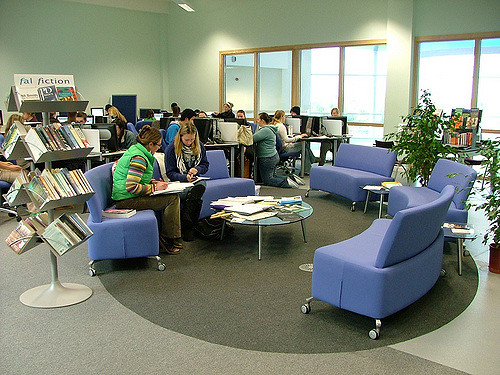
I began following Meredith White (check her twitter out @PRHSspanish ) looking at her ideas for a deskless classroom and what it took to accomplish this. She was kind enough to share her no-desk journal with me that included links to some videos she had done about it.
I liked that this method made it easy to tell when students were losing focus, allowing her to immediately change to the next task, which helps her keep the class more engaged.
I also learned more on flexible seating from another post from a classmate, Kyle Morinelli ( @coachKTech1 on twitter). He shared an article from EdTech Magazine (@EdTech_K12) on the benefits of creating flexible seating options in the K-12 classroom. The video on this article focuses more on middle to high school aged classrooms. Since I have kids in elementary school, I have seen the efforts and options at the elementary level, but I had not considered that this was a benefit to students at higher levels as well.
please check out the video here!
Ideally, in my approach to becoming the best teacher I can be, I would combine the ideas of both classroom styles, while including options for many digital tools to provide students with as much culture and immersion as possible in my short hour with them.
How do you feel about seating options in the classroom? Share your thoughts or inspirations on seating options in a high school setting in the comments.
Thanks for reading
Allie
Amelie
Throughout history, France and the United States have been allies several times. People often confuse that camaraderie with similarity; but in reality, the two countries are as different as night and day. A glimpse into any French film or show will show you that. For our class this week, we were assigned to watch a foreign film or show in its native language with subtitles in English and write about differences and similarities in order to get an idea of different cultures and learn how to analyze them without judgment. I chose to watch the French film, Amelie.
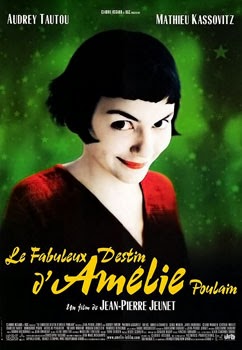
Amelie is a French comedy from 2001 following a shy girl who was home-schooled and never had real friends who is trying to make it in the world. She gets a job as a waitress and soon discovers a love of helping the downtrodden. When she falls in love herself, will she find the courage to tell him how she really feels?

The movie takes place in 1997, Amelie’s story begins on August 31st, when she hears about the death of Diana, Princess of Wales who died in hospital because of injuries sustained in a car crash in the Pont de l’Alma road tunnel in Paris, France. It was the talk of her little town the entire movie, there was buzz about the driver’s blood alcohol content and how tragic it was.
Amelie is a movie full of French culture: food, wine, coffee, and even sex. Every time Amelie goes to a neighbor’s house, no matter the time of day, there is wine. Wine is a prominent part of French culture and it is served with most meals the legal drinking age in France is 18 much lower than the United States’ of 21. Interestingly, the French, in general, prefer coffee to tea and in the movie when there is a hot drink ordered or seen it is coffee. A little fact, not mentioned in the movie, is that in most of France a teaspoon is referred to as a coffee spoon or a cuillère à café. There a few points in the movie that focus on sex, which is not out of the ordinary in French culture but might be a bit shocking to Americans. I feel like the depiction of a topless woman dancing for money would have earned the movie a much higher rating in the United States, however I lived in Canada when it came out and I remember going to see it without a parent at 13 because the movie we wanted to see was rated R and we couldn’t get in to it. I definitely had more of an appreciation for it today than I did then.

Another cultural difference I noticed is how saturated the town was with historical art. From the architecture to the fact that the man who lived downstairs got angry because all anyone wants to talk about is Princess Diana instead of the beautiful works of Renoir. Art is very important to France and you can tell by the amount of money that goes into preserving it which is nearly 70 times what America spends.
Even with all the cultural differences, there are parts of that movie that are very relatable to the average American. The café she worked at reminded me very much of a typical American diner, the people who worked and ate there would probably fit in American stereotypes. Amelie was a shy girl doesn’t know how to talk to anyone, but especially struggles when she meets a boy she likes. Another cultural similarity is her obligation to go and visit her father weekly for dinner despite the awkward upbringing she had.
The differences between France and America may be as drastic as night and day, however that doesn’t mean there aren’t similarities. It is important to find similarities with every culture you come across. Differences should be respected and celebrated, but so should the similarities because that is going to be your common ground and the place from which to build lasting relationships.
I would love to hear your thoughts on the matter how is your culture different or the same as mine? if you are more familiar with French culture what did you think of my post was it acurate? what would you have added?
Grateful to Have Discovered PLN
I have been taking the class “Web Tools for Global Learning” now for about a month and a half (we are in week 6 by the professor’s notes). One of the first things that the professor had us do was to create a professional Twitter account and start to build our professional learning network (PLN). Since doing so, I have only become more excited about relearning, improving and one day teaching the language that I grew up around. I was telling my husband just the other day that when I went into this program I knew I wanted to teach and, because of my background, French seemed like an easy path. However, it has not been the easy path that I expected; I am really struggling to learn the grammar, my vocabulary is not very high yet and it has been much harder then I thought. However, through all that I have learned through developing my PLN, the choice to teach French has morphed from “I could do this” to “I need to do this”
I have been learning the connection that teaching a language can make our global community a better and more understanding place. It can teach students empathy for English language learners (ELL) in their own country as well as give them a desire to travel and see the world. It really ties to my desire to make my future classroom an open and safe space for students that need one. It has been such an amazing learning experience for me; one I don’t think I would have been able to get in a traditional classroom setting.
Due to the class, I have learned different methods of adding tech to any class and thoroughly enjoyed a Twitter chat dedicated to the use of technology in the classrooms. One of my favorite discoveries from that experience was the virtual reality cube and the augmented reality app Mondly. I have also learned about the benefits of flexible seating in the classroom and how to apply one in a high school setting.

Overall, I am grateful that I have had the opportunity to explore these things through this class, and I have enjoyed the advice and feedback I have gotten so far. I look forward to many more opportunities as I finish my degree. Any advice is always appreciated! Leave me a comment here or feel free to follow me on Twitter @AllieM41296798
Goal 10
As teachers, I believe that one of our primary goals should be to make the world a better place, one student at a time! Part of that needs to be supporting the United Nations efforts on sustainable development goals because these goals all aim to make the world a better place. I have chosen this week to write on one of these goals in specific, and that is goal 10, “reducing inequalities within and among countries.” It is important to realize that this goal is so much more than income equality. This is the measurable proof that we need to close inequalities in age, sex, disability, race, ethnicity, origin, and religion in order to close the overwhelming inequality in income.
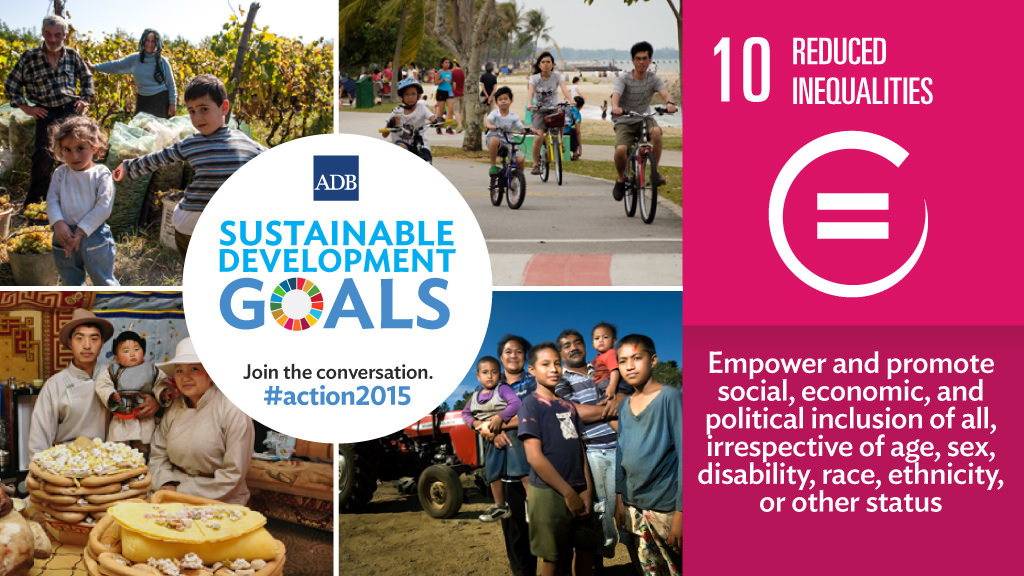
According to a 2015 study, the richest 1% of the world hold more wealth than the other 99% of the world population. These numbers are staggering; I am not saying that the 1% should be forced to give their money to others, but I am saying that it is important to make sure their accrual of wealth does not infringe on the opportunities of others to accrue wealth. Today, with the many biases and inequalities, both between countries as well as within them, these opportunities are not being granted. In the United States, for example, there is a large percent of the population that, despite working full-time jobs, struggles to move above the poverty line.
Growing up, my mother often said, “there are starving people in Africa who would love that food”. As a culture, we fail to see that there are people right here in the United States and Canada who are living in extreme poverty conditions, people who despite working full-time jobs can’t afford rent on a one-bedroom apartment, can’t afford to eat, can’t afford childcare or the growing technological needs society is placing on them. We pretend that these inequalities don’t exist here to the extent that a google search of “free to use images depicting extreme poverty in the United States” gave more images for poverty in Africa and US humanitarian services to combat them than images of poverty within our borders. We need to work with Congress to help make these gaps more visible but also to find sustainable ways to close them.
 (this photo is from Detroit)
(this photo is from Detroit)
Now there is truth in what my mother said – there are huge income gaps between countries worldwide. Some of the countries that hurt the most are the ones that are underdeveloped; they have a hard time competing on the global stage as far as what they can offer the world and often end up being used by corrupt leaders so that they never have the opportunity to grow. Like the poor in the United States, they are often underpaid for their work and end up making just enough money to continue to barely get by. We need to make sure that these countries are treated equally and given what they need to support their people and grow their infrastructure.
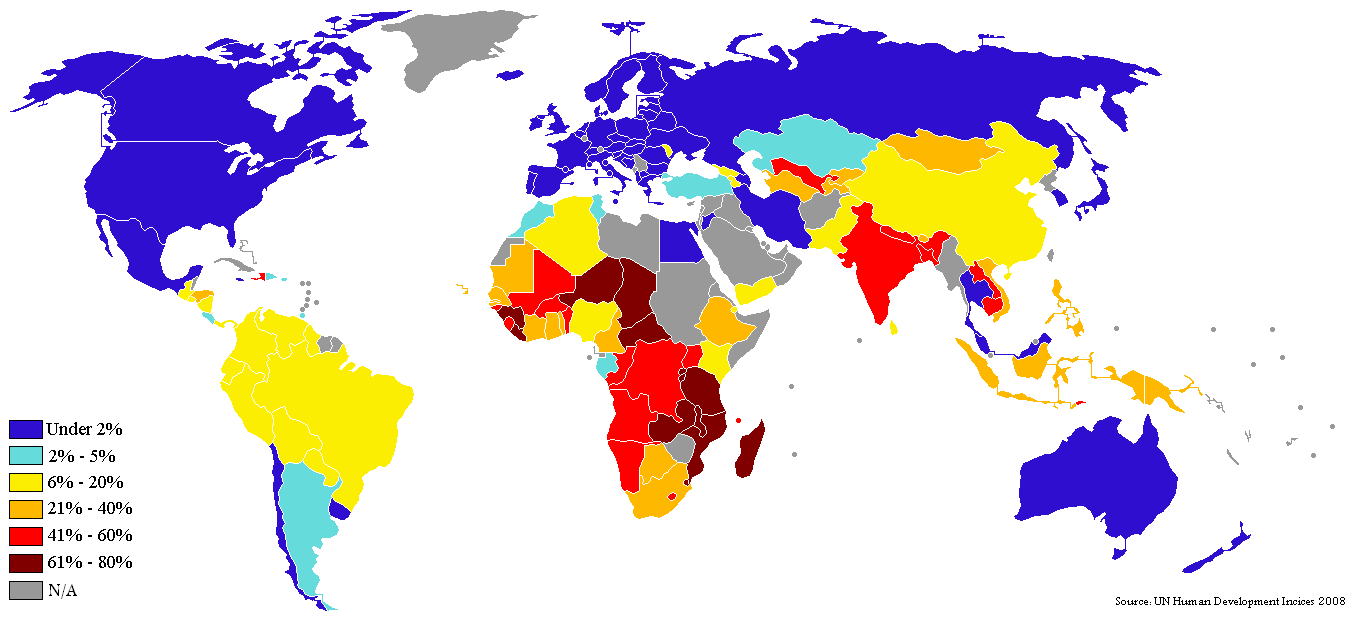
(poverty map in the world I would like to say the US is only as high as it is because the poverty line is not where it should be)
What can we, as individuals, do to help close these gaps? First check out the Microsoft class in Sustainable Development Goals, connect with teachers and lessons worldwide that have already started working on these goals and look for more info on how to bring all of these goals to your classroom. Here are links to some of the websites I used to help find information:
https://www.earth-changers.com/purpose/equality
https://www.globalgoals.org/10-reduced-inequalities
http://worldslargestlesson.globalgoals.org/global-goals/reduced-inequalities/
How do you apply these goals in your classroom? If you don’t what is your biggest obstacle to doing so? leave me a shout out here or on Twitter @AllieM41296798 !
